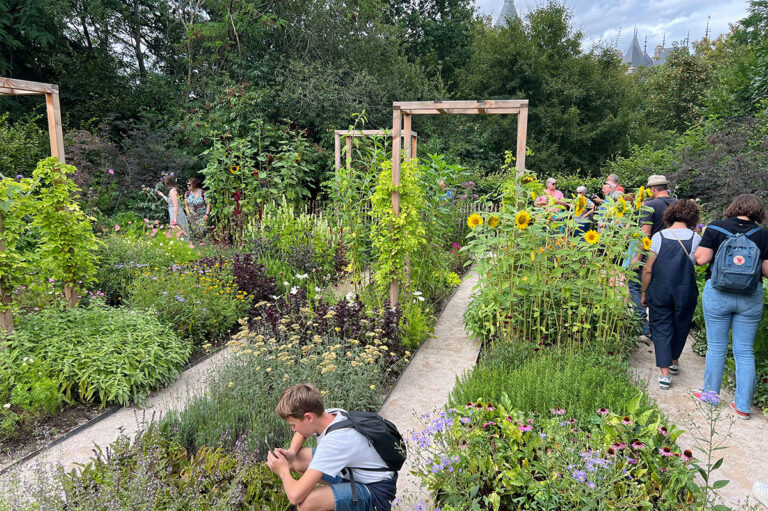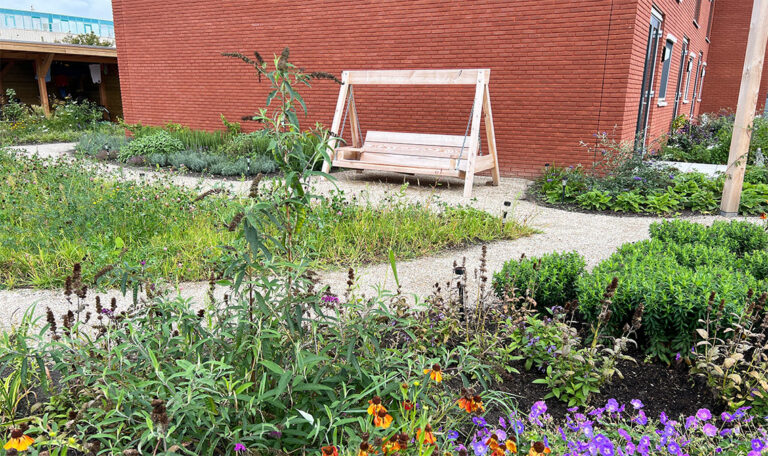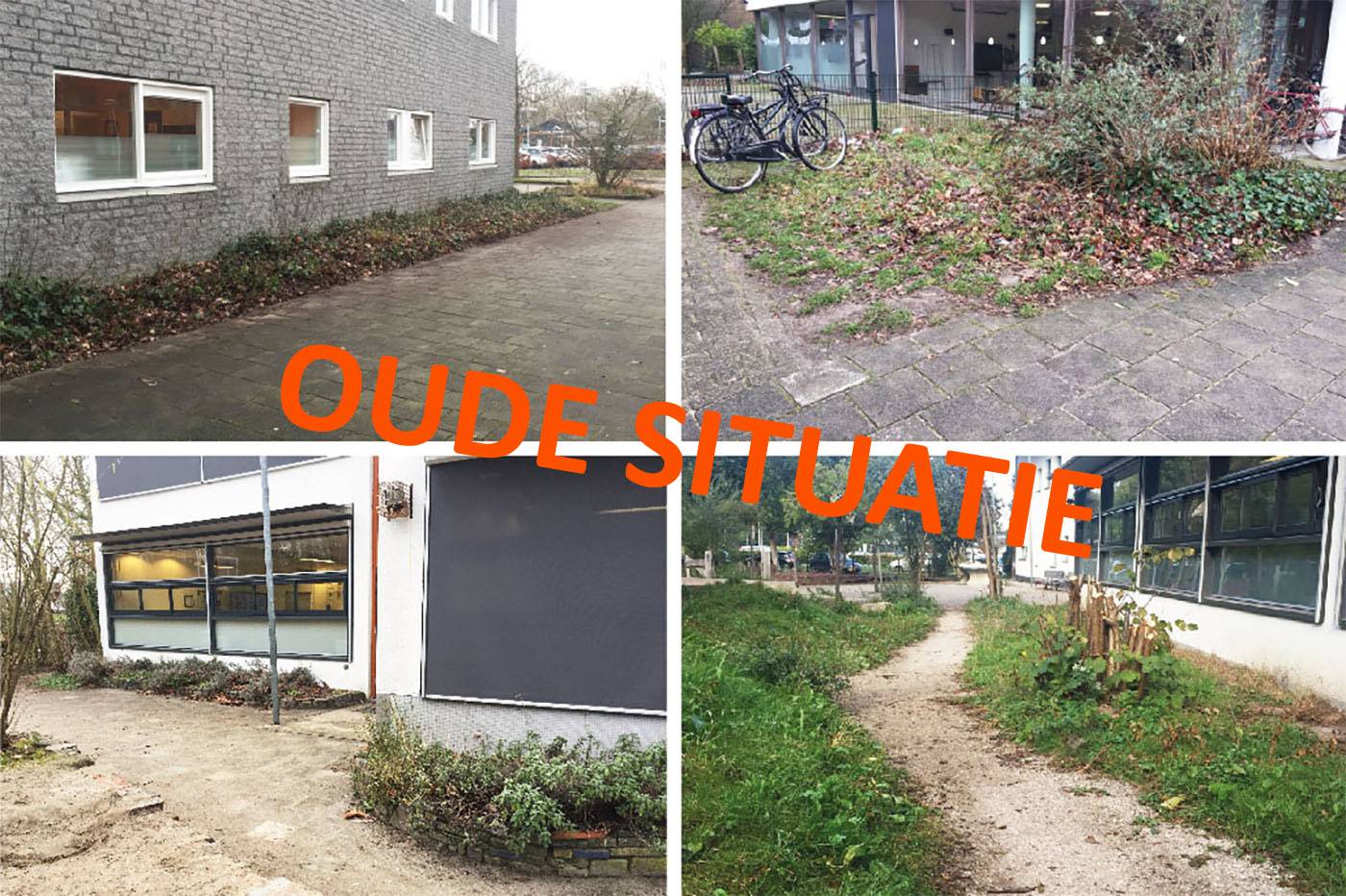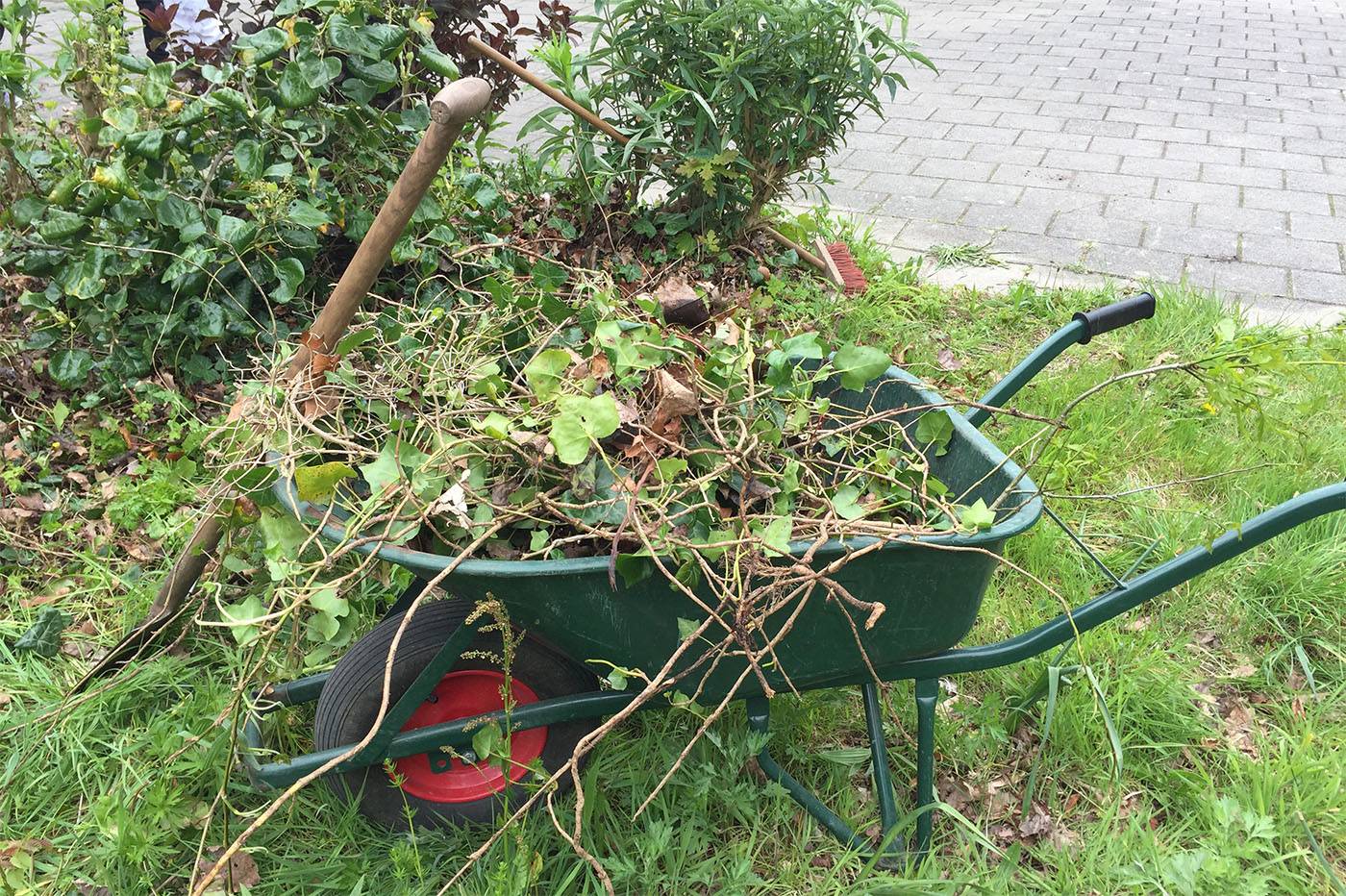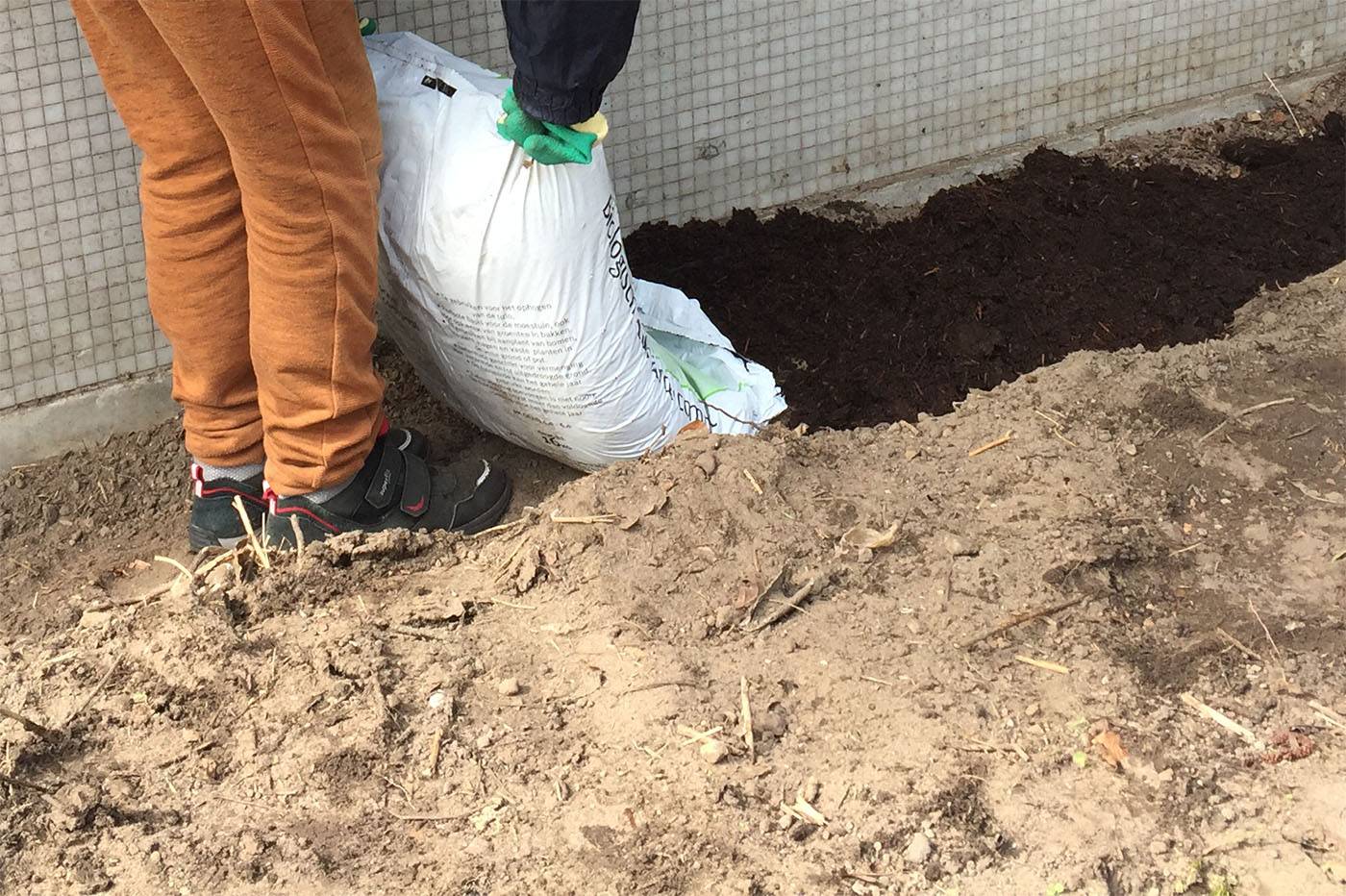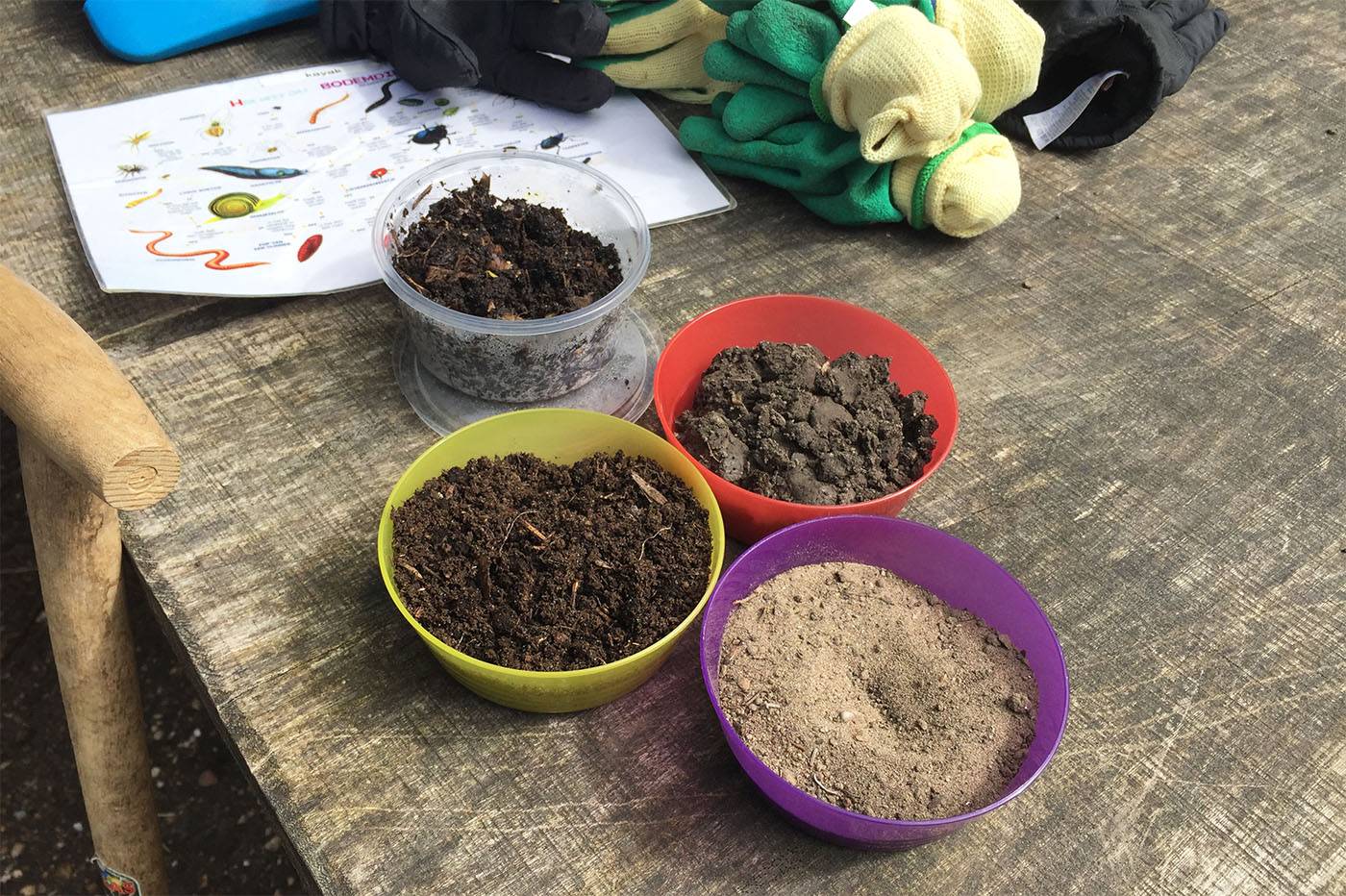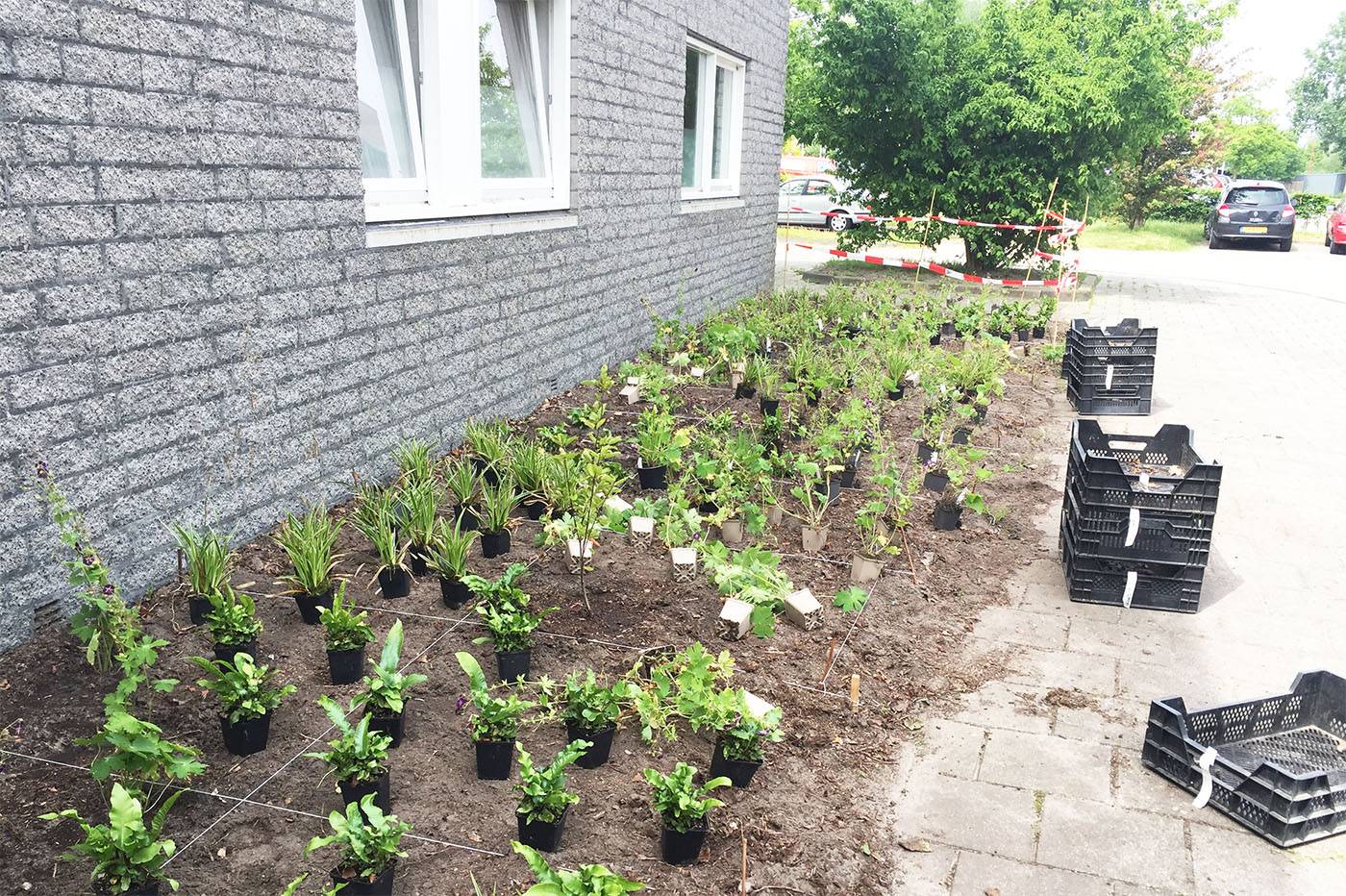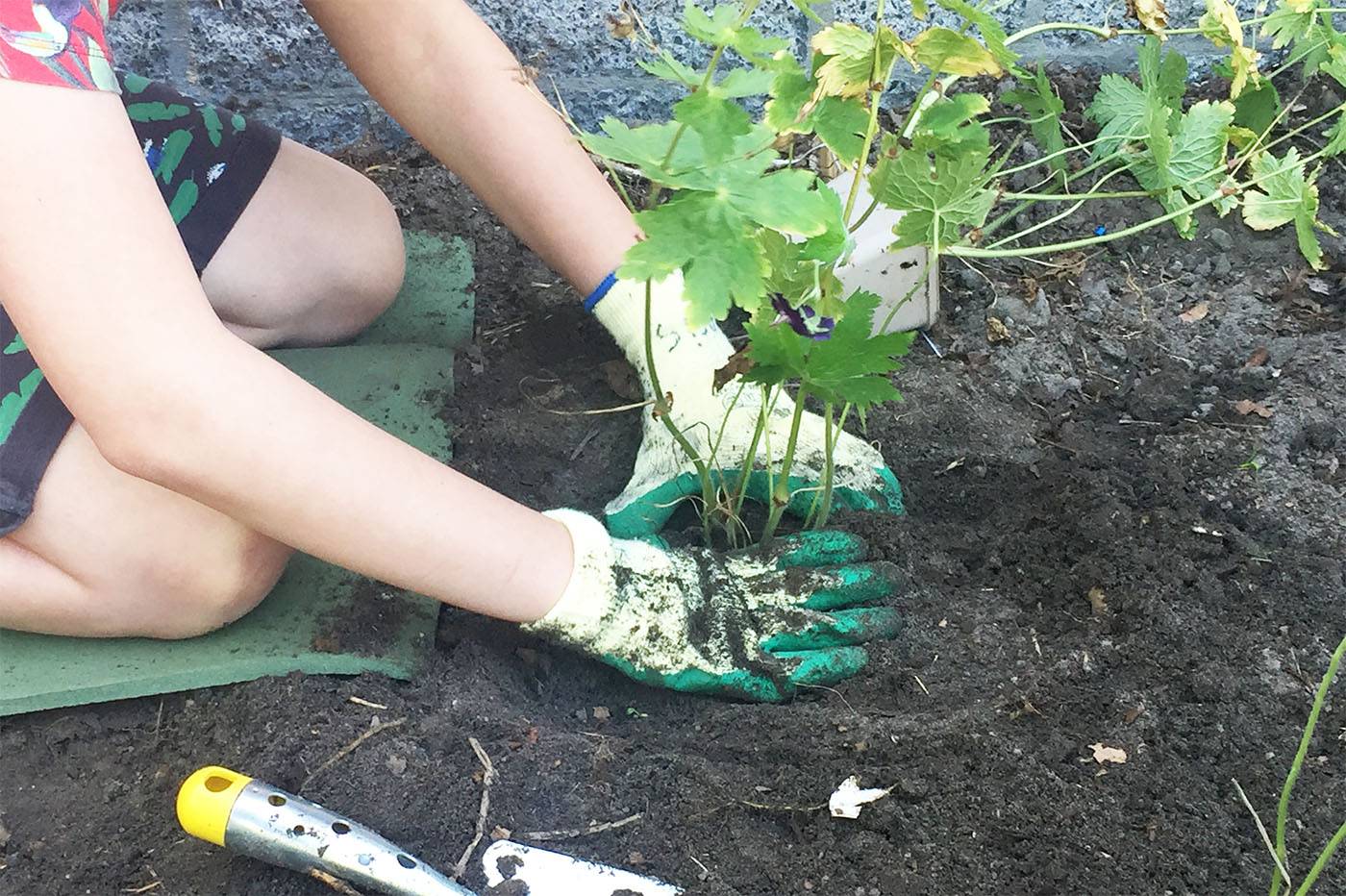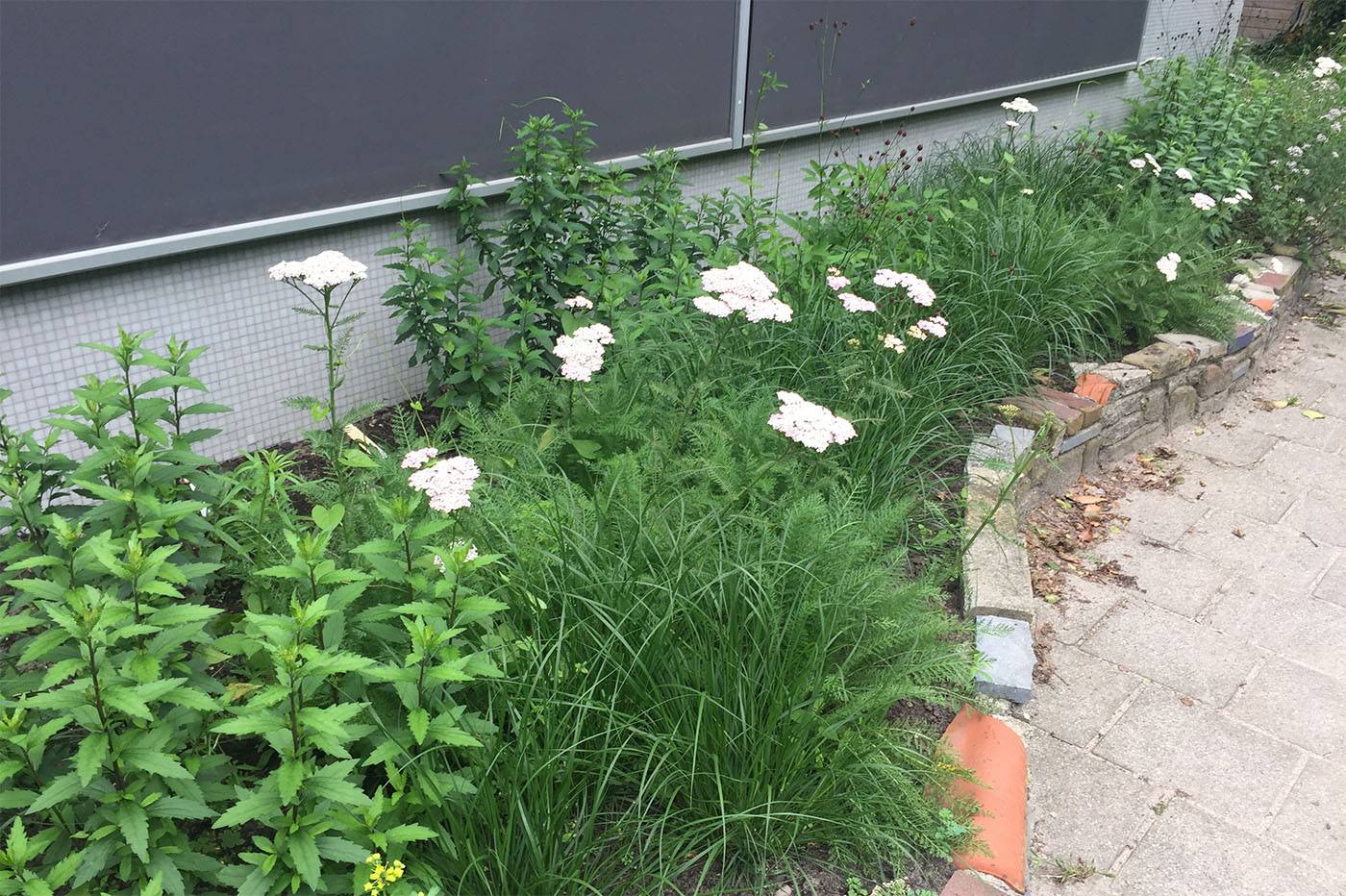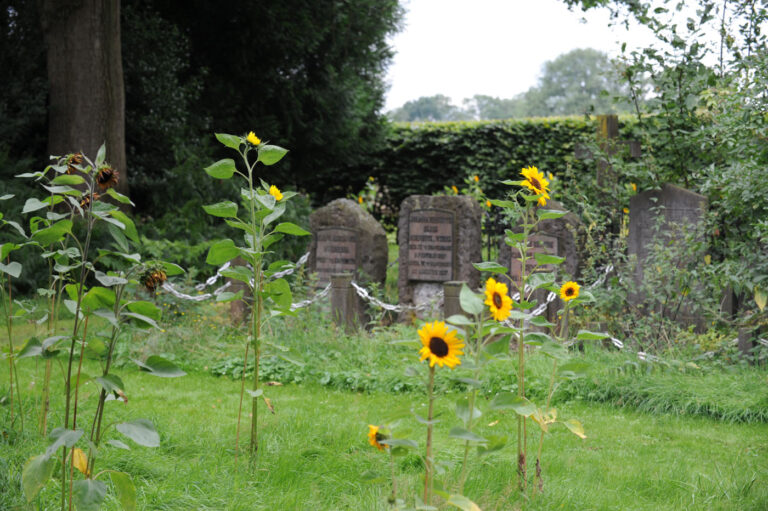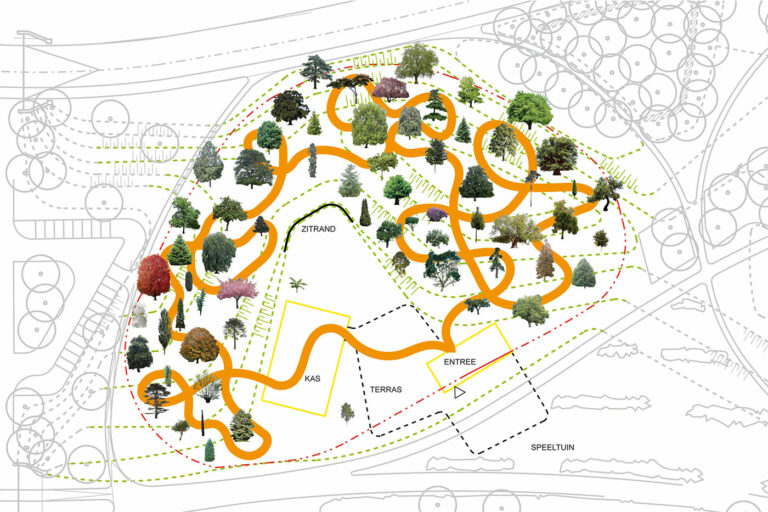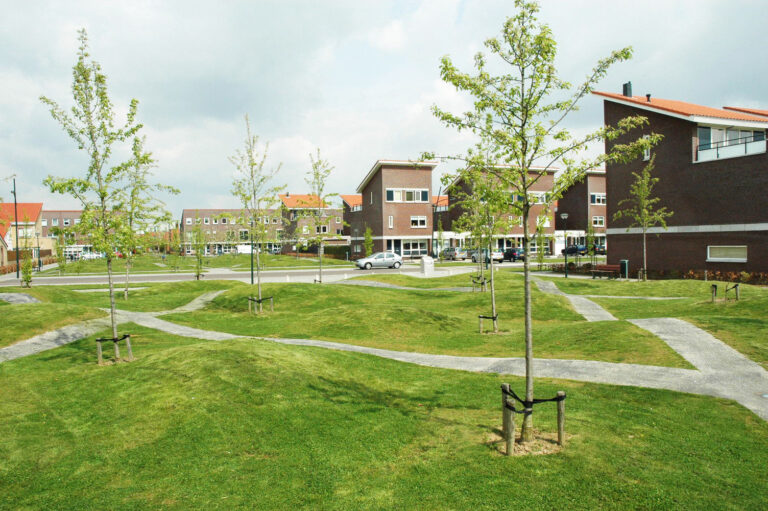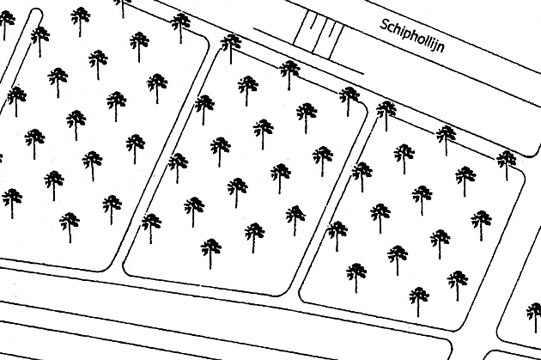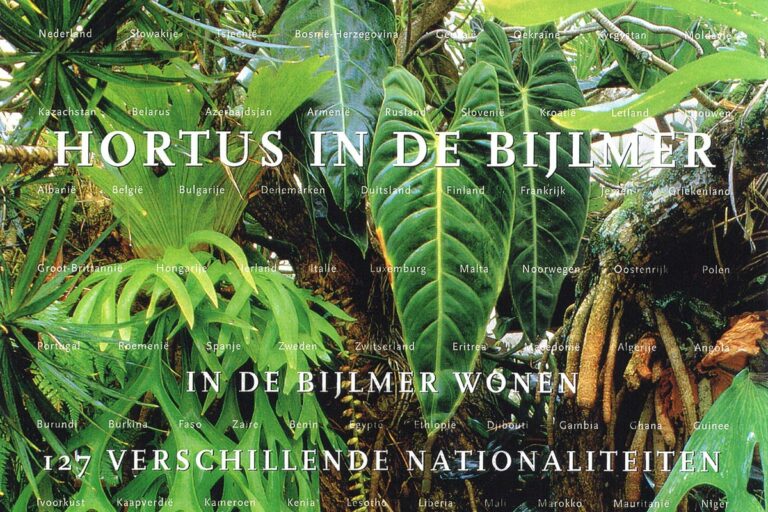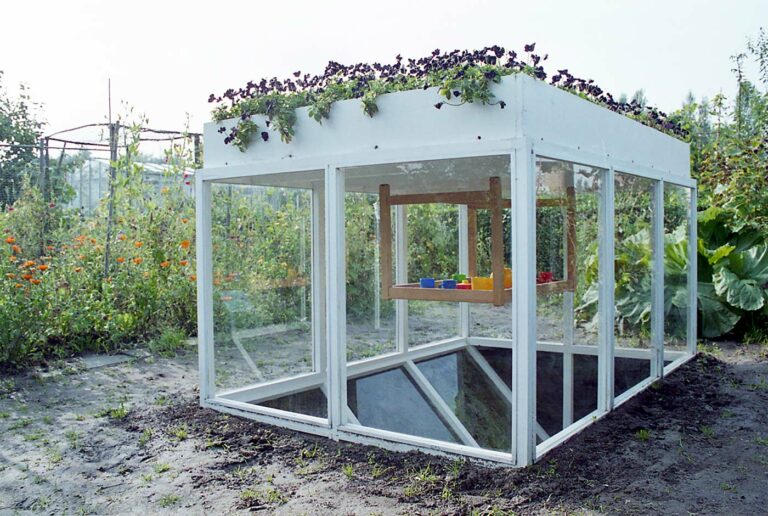The Patchwork Garden
The Patchwork Garden
| Festival | International Garden Festival (Festival International des Jardins) |
| Project | The Patchwork Garden |
| Location | Chaumont-sur-Loire, France |
| Client | Domaine Chaumont-sur-Loire |
| Year | 2023 |
The ‘Prize for a transposable garden’ has been awarded to the Dutch entry ‘The Patchwork Garden’ by Annelies Dijkman and Lau Heemkskerk. It is the prize for the garden that offers the most inspiration and opportunities for visitors to try it out in their own garden.
‘Resilient garden’ is the theme of the international garden festival in Chaumont-sur-Loire in 2023.
Climate change has a huge impact on our living environment and also on the garden. The question is how and if a garden can be resilient in these changing circumstances.
The Patchwork Garden is based on the resilience of people. It is a sensory garden, where you can experience the beauty of plants, but also a functional garden, as all plants have edible parts. Think of the flower of the nasturtium, the bulb of the tulip, or the seeds of the sunflower. In a landscape structure, the plants are placed in a multi-coloured repetitive pattern. The whole looks like a patchwork, where each plant has its own compartment, and the visitor can zoom in on details.
A self-sufficient place, where you can take care of yourself, but also a paradise for biodiversity, where bees and butterflies find their way.
Team: Annelies Dijkman, Lau Heemskerk
Special thanks to: Domaine de Chaumont-sur-Loire, Kwekerij de Ent, Kwekerij Ron, Leo Ruhe, Max Kroes, Regina de Haas, Frans Dekker, John Kroes, June Heemskerk, Xander Heemskerk
Publicity
More info: Festival International des Jardins
